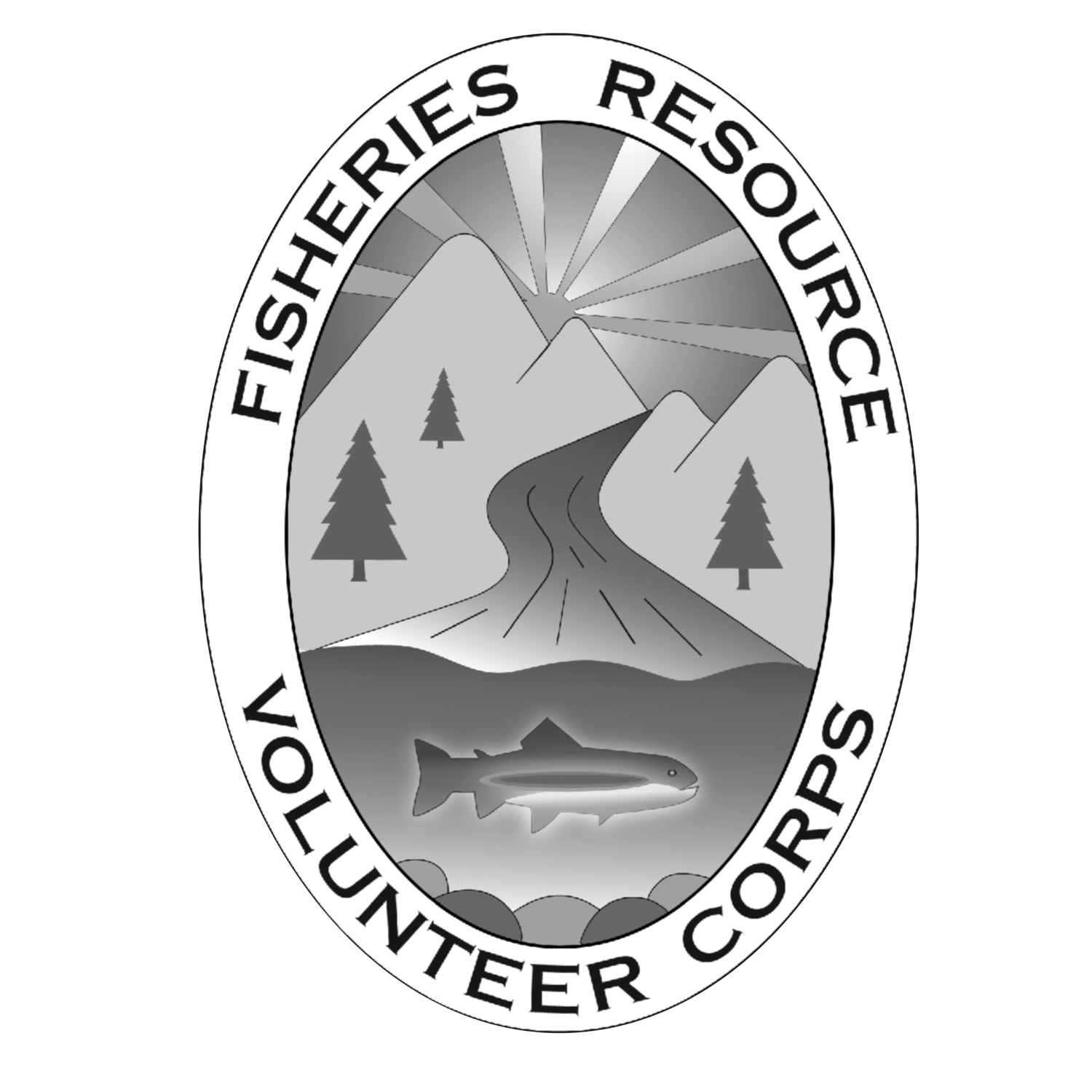Recreational Dam removal at Wildwood
n recent years, there has been growing recognition of the importance of removing recreational dams from streams and rivers in Southern California's national forests. These dams, often built for the purpose of creating swimming holes or other recreational opportunities, can have negative impacts on the health of fish and wildlife.
One of the main issues with recreational dams is that they can create barriers to the movement of fish and other aquatic organisms. This can prevent fish from accessing important habitats, such as spawning grounds and feeding areas, and can disrupt the natural migration patterns of many species. In some cases, this can lead to reduced populations of fish and other aquatic life, as well as a decrease in overall biodiversity in the affected streams and rivers.
In addition to the impacts on fish and other aquatic species, recreational dams can also have negative effects on the health of the broader ecosystem. For example, the creation of artificial pools can lead to the formation of stagnant water, which can promote the growth of harmful algae and bacteria. This can have detrimental effects on the overall water quality and can make the affected areas less suitable for a variety of plants and animals.
Fortunately, efforts are underway to remove some of the recreational dams in Southern California's national forests. This process involves carefully dismantling the dam and restoring the affected stream or river to its natural state. This can be a complex and challenging process, but it is essential for the health of the ecosystem and the species that depend on it.
In conclusion, the removal of recreational dams from streams and rivers in Southern California's national forests is an important step in promoting the health of fish and wildlife. By restoring natural flows and habitats, we can help to ensure the long-term viability of these ecosystems and the species that call them home

